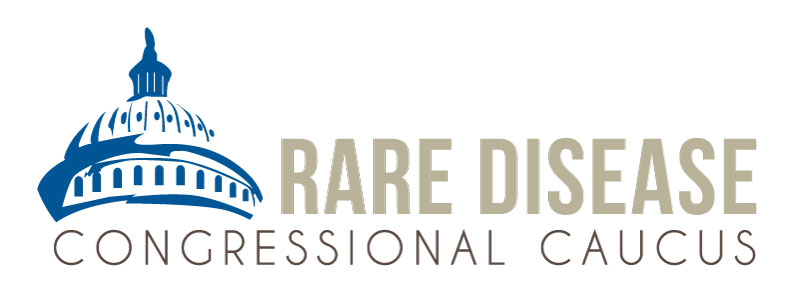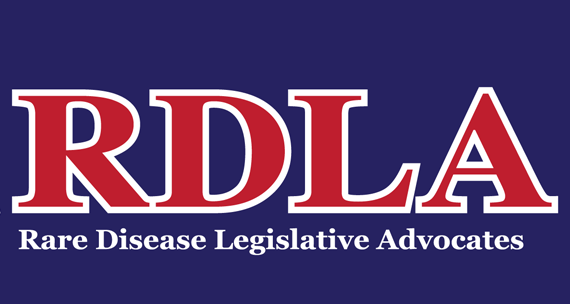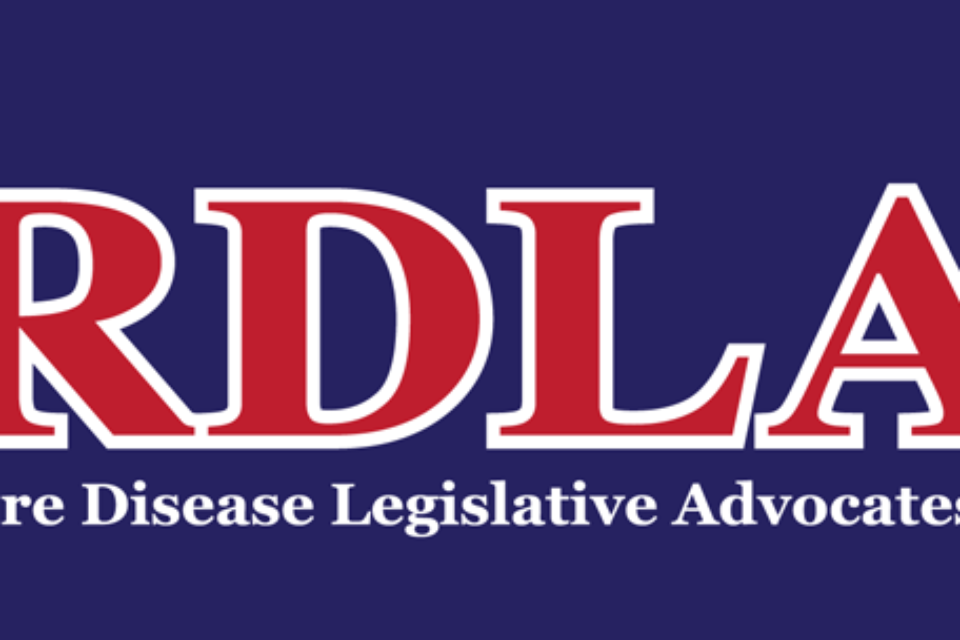Rare Disease Congressional Caucus Briefing November 15th

RUN is a proud partner of the
Rare Disease Congressional Caucus
An accurate diagnosis is usually the first step in developing a treatment plan for a patient, but it often takes rare disease patients several years and consultations with multiple specialists to receive one. New advances in genomics, genetic sequencing and other diagnostic technologies have made diagnoses easier to obtain, but policy and regulatory challenges remain. In addition, newborn screening programs vary widely by state, resulting in disparate outcomes for babies with rare diseases.
The Rare Disease Congressional Caucus in conjunction with Rare Disease Legislative Advocates (RDLA) will host a briefing on November 15th entitled, “Diagnostic Challenges for Rare Disease Patients,” to highlight hurdles for rare disease patients seeking diagnosis and possible policy solutions. You can register for the livestream here.
Rare Disease Legislative Advocates in coordination with Rare Disease Congressional Caucus
Co-Chairs Representatives Leonard Lance (R-NJ) and G.K. Butterfield (D-NC) and
Senators Orrin Hatch (R-UT) and Amy Klobuchar (D-MN) invite you to a briefing on
Diagnostic Challenges for Rare Disease Patients
Wednesday, November 15, 2017
12– 1:15 pm 2203 Rayburn House Office Building
Lunch will be provided
Moderator: Elisa Seeger, Founder, Aidan Jack Seeger Foundation
Newborn Screening and the Federal Government
Rebecca Abbott, Deputy Director of Federal Affairs for Public Health, March of Dimes
The Role of Genetic Sequencing in Diagnosis
Cristina Might, Founder and President, NGLY1.org
Whole Genome Sequencing for Children with Rare and Undiagnosed Genetic Disease
Ryan Taft, Senior Director, Scientific Research, Illumina
The Challenge of Access to Genetic Testing
Erin Lee, Founder, Piper’s Kidney Beans
The Future of Diagnostics
Cynthia Tifft, Deputy Clinical Director, National Human Genome Research Institute and Director, Pediatric Undiagnosed Diseases Program, National Institutes of Health
The MSSNG Program
Stuart Spielman, Senior Policy Advisor and Counsel, Autism Speaks
#RareCaucus
About RDLA
Rare Disease Legislative Advocates is a program of the EveryLife Foundation for Rare Diseases designed to support the advocacy of all rare disease patients and organizations. By growing the patient advocacy community and working collectively, we can amplify our many voices to ensure that rare disease patients are heard in state and federal government.



